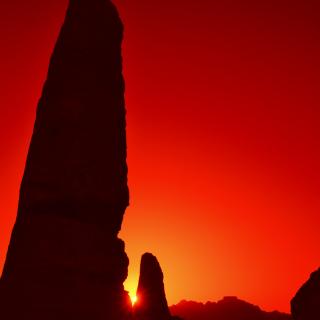Urrutia-Aparicio, Maitane; González-García, A. César; Belmonte, Juan Antonio
Bibliographical reference
Journal for the History of Astronomy
Advertised on:
8
2021
Refereed citations
0
Description
The pilgrimage along the Way of Saint James constituted the principal mechanism for the introduction of new currents of thought into the Iberian Peninsula, such as Romanesque architecture. Taking this into account, we examined whether the standard tradition on the orientation of Christian churches was followed. We measured the orientation of 108 churches built between the end of the 10th and 13th centuries near the French Way, in the ancient kingdoms of Leon and Castile. The statistical analysis shows a clear tendency to orientate the apse of the church eastwards, specifically slightly to the north of due east. Furthermore, we found that the orientation patterns differ from one kingdom to the other. In Leon, there seems to be a predilection for the local tradition of aligning the apse toward the ecclesiastical equinox. Castile, in contrast, built their churches orientated to Easter, one of the most important feast days of Christianity.
Related projects

Archaeoastronomy
The main objective of this project is to study the importance of astronomy as a fundamental part of human culture and civilization from Paleolithic to the present day. Our interest is mainly devoted to the people of the ancient Mediterranean cultures from the Atlantic to the Middle East, with a special dedication to Spain, its geographical
Juan Antonio
Belmonte Avilés